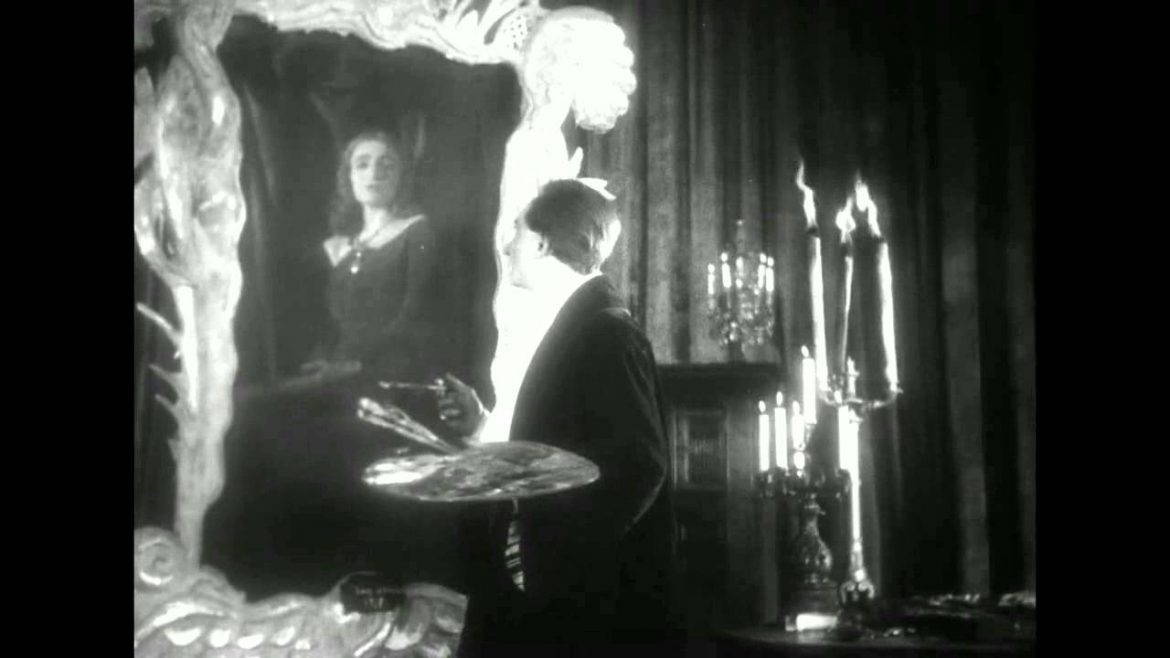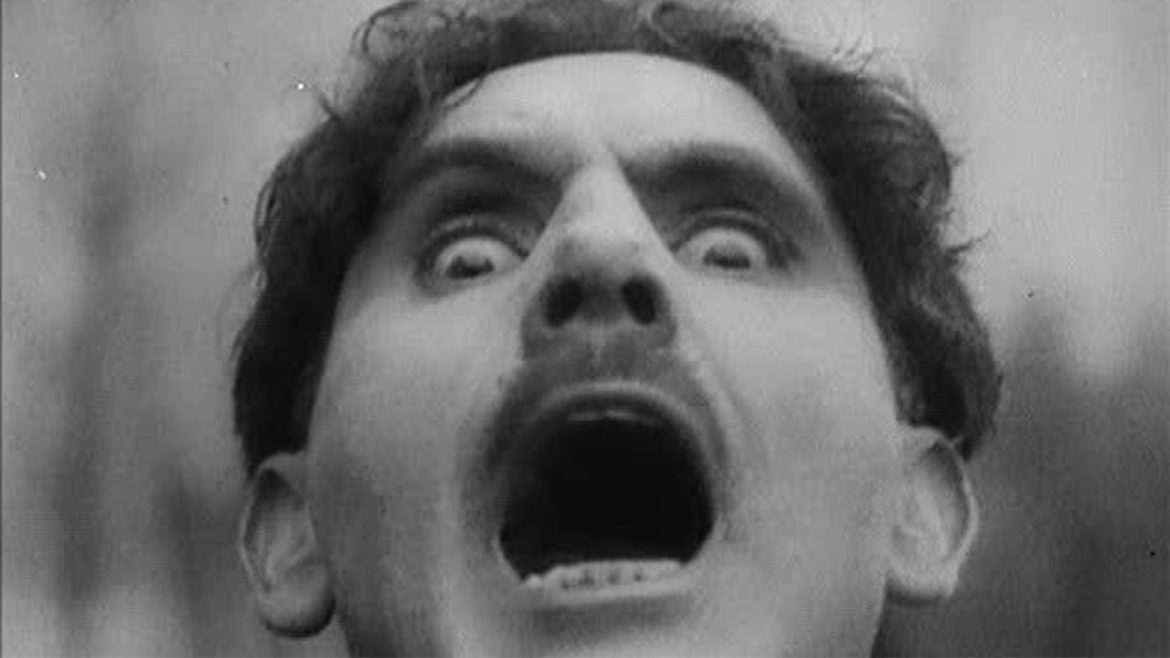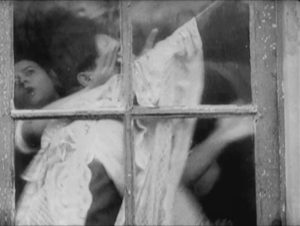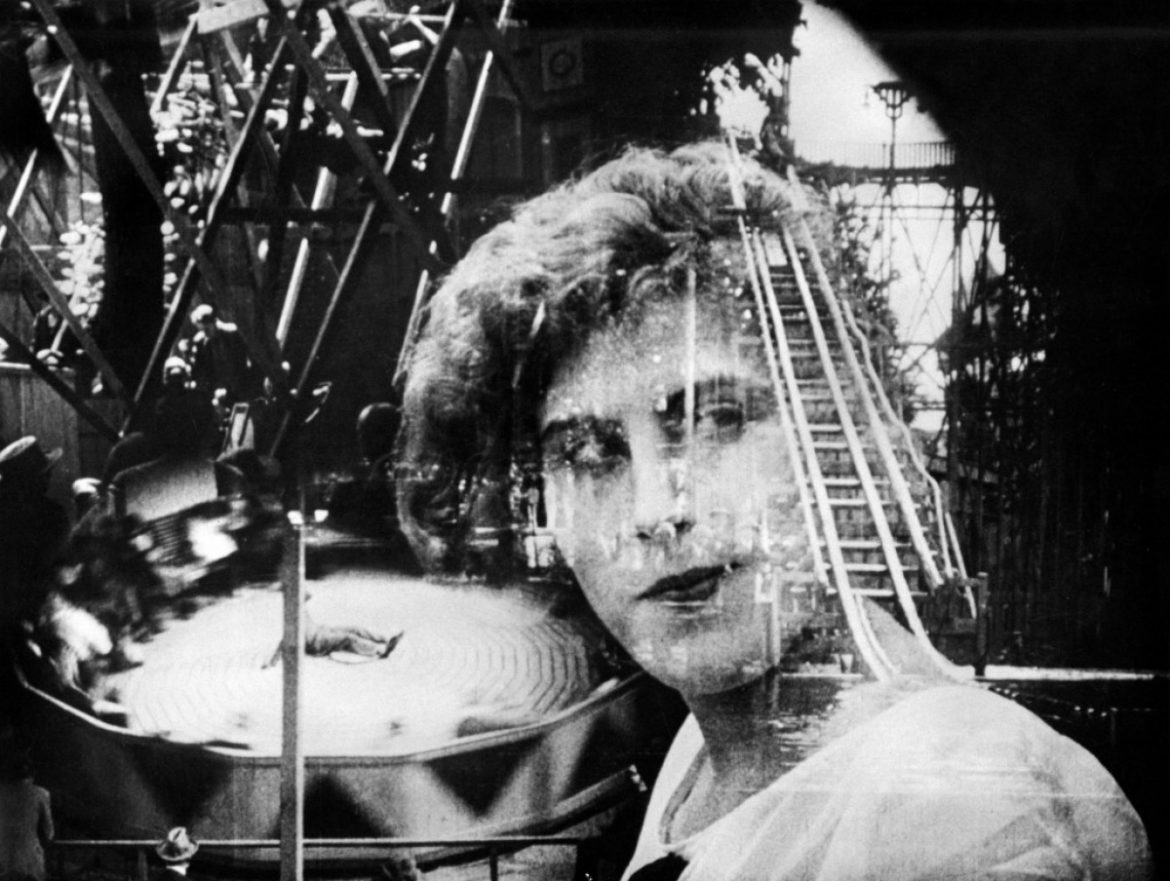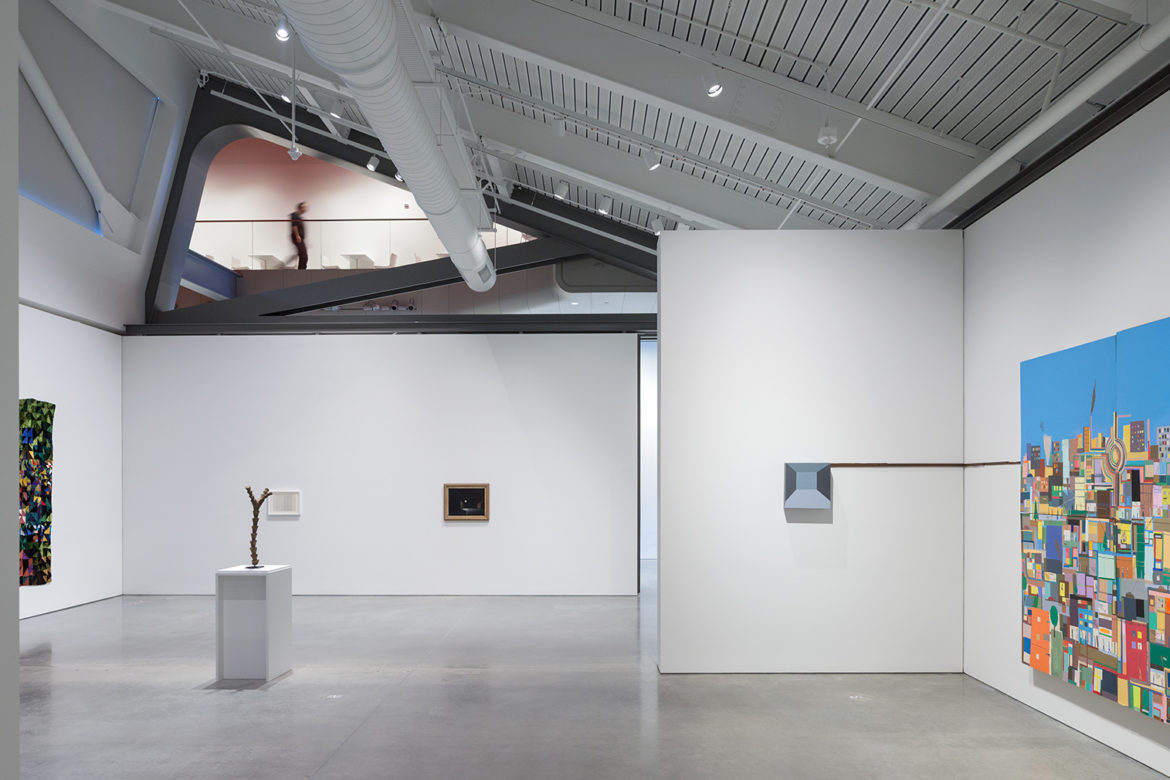For tonight’s matinee, we showcase three films exploiting what might be called Architectural Horror, which is a term I just made up right now and immediately decided to copyright so please don’t use it or I will have to talk to the lawyers.
Jean Epstein
Though not the first of his stories to appear on film, The Fall of the House of Usher is perhaps Edgar Allan Poe’s most well-known Gothic tale, and arguably the best suited for cinema. Its central themes — the embodiment of individual interiority in physical architecture, the more or less haunted house, the living grave, the unreliable narrator, the tension between what is seen and what is felt, the rampant doublings of character — all seem appropriate to an imagistic treatment.
It is an article of faith among your more generous cinephiles that you should never be embarrassed by the classics you haven’t yet seen. Everyone has blind spots, no one has time to see everything, and a gap in your viewing only indicates how much you have to look forward to!
Here’s what transpires in the astonishing first 56 seconds of Ménilmontant, Dimitri Kirsanoff’s 1926 avant-garde masterpiece.
Delicate curtains flutter inside a home’s open window. Suddenly, a woman’s frightened face appears behind them, an assailant trailing. The doorknob turns frantically. The door finally opens and the woman emerges.
In Part 2 of our discussion with Susan Oxtoby, Senior Film Curator at the Berkeley Art Museum and Pacific Film Archive, we talk a bit about film preservation and restoration, about archives and collective memory, and the future of film in the digital age.
“There’s Just a Wealth of Filmmaking That Could Be Shown”: A Conversation with Susan Oxtoby
Susan Oxtoby knows film.
Over the course of her career, the current Senior Film Curator at the Berkeley Art Museum and Pacific Film Archive (Bam/PFA) has programmed countless series and retrospectives, introducing audiences to under-seen, rarely-screened masterpieces from throughout the world and across cinema history.


